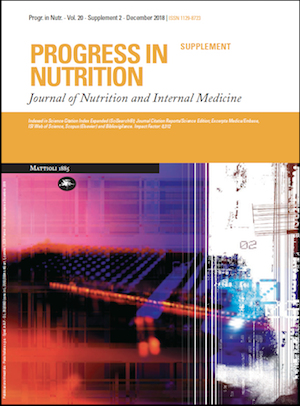Circulating resistin in ulcerative colitis, relation with anthropometric, body composition and inflammatory parameters
Main Article Content
Keywords
resistin, body composition, inflammation, anthropometry
Abstract
Background: Chronic inflammation, altered body composition and development of abdominal obesity are distinct characteristic of Inflammatory Bowel Diseases (IBDs). Resistin, a white adipose tissue-secreted protein, play an important role in metabolism and inflammation. Aim: To evaluate serum resistin in ulcerative colitis (UC) and healthy controls and its association with anthropometric, body composition, inflammatory parameters and clinical disease activity in UC. Methods: Fifty UC patients and 43 healthy age and sex matched participants were recruited for this case-control study. Clinical disease activity of UC patients was determined according to the Powell-Tuck activity index. Anthropometric parameters and body composition were assessed in UC patients. Serum resistin, hs-CRP and white blood cell (WBC) count were evaluated, too. Univariate and multivariate regression analyses used to determine the association between parameters. Results: Serum resistin levels were significantly increased in UC patients compared with controls (P= 0.004). It was correlated with disease activity scores (P= 0.016), hs-CRP levels (P= 0.009) and fat mass (P= 0.023) in UC patients but not with anthropometric factors and lean body mass. Results have showed that the most sensitive independent predictors of resistin among patients with UC were inflammatory parameters (P= 0.015). Conclusion: We found elevated levels of resistin in mild to moderate UC patients compared to healthy subjects. It was strongly correlated with inflammatory parameters but not anthropometric factors and body composition.






